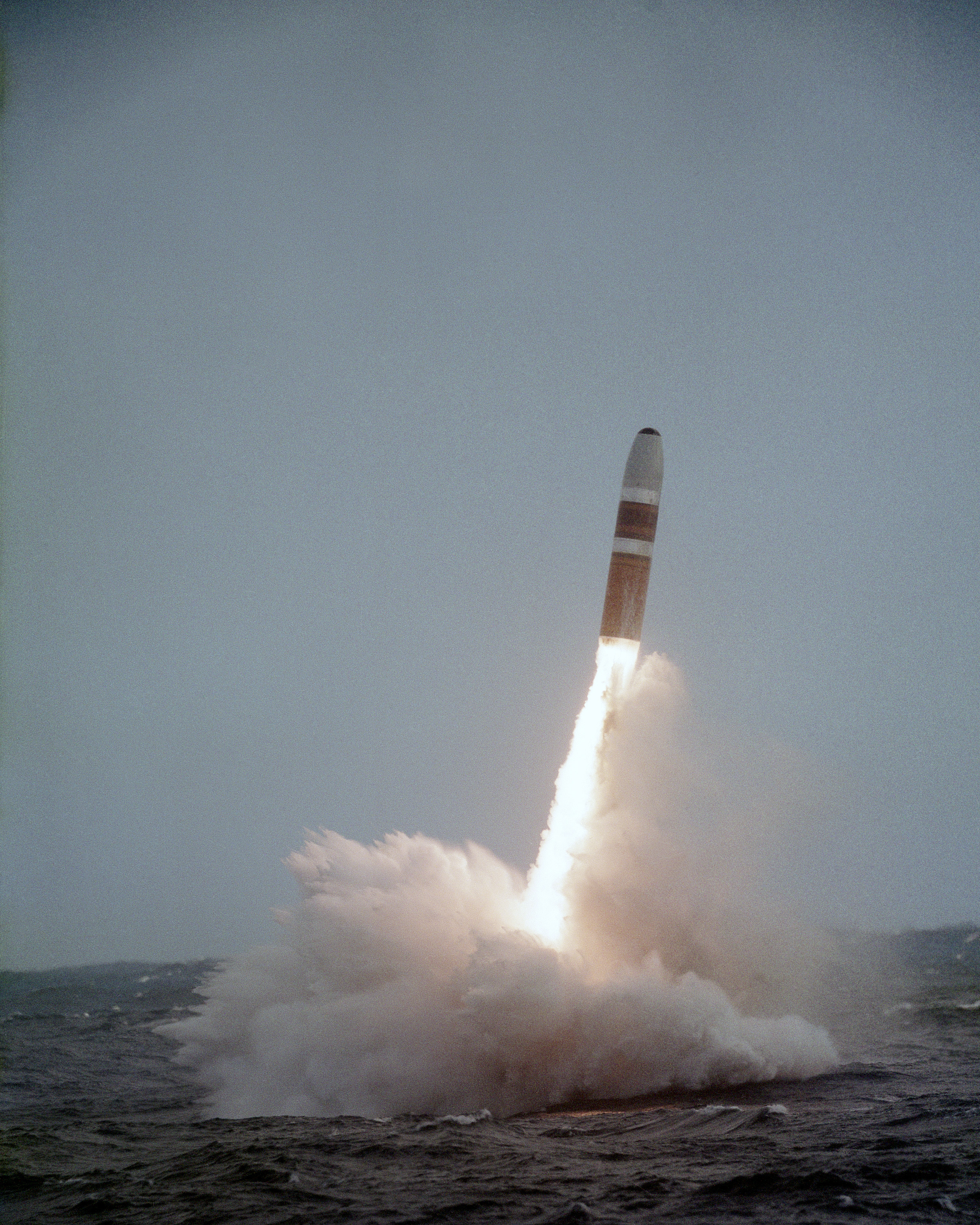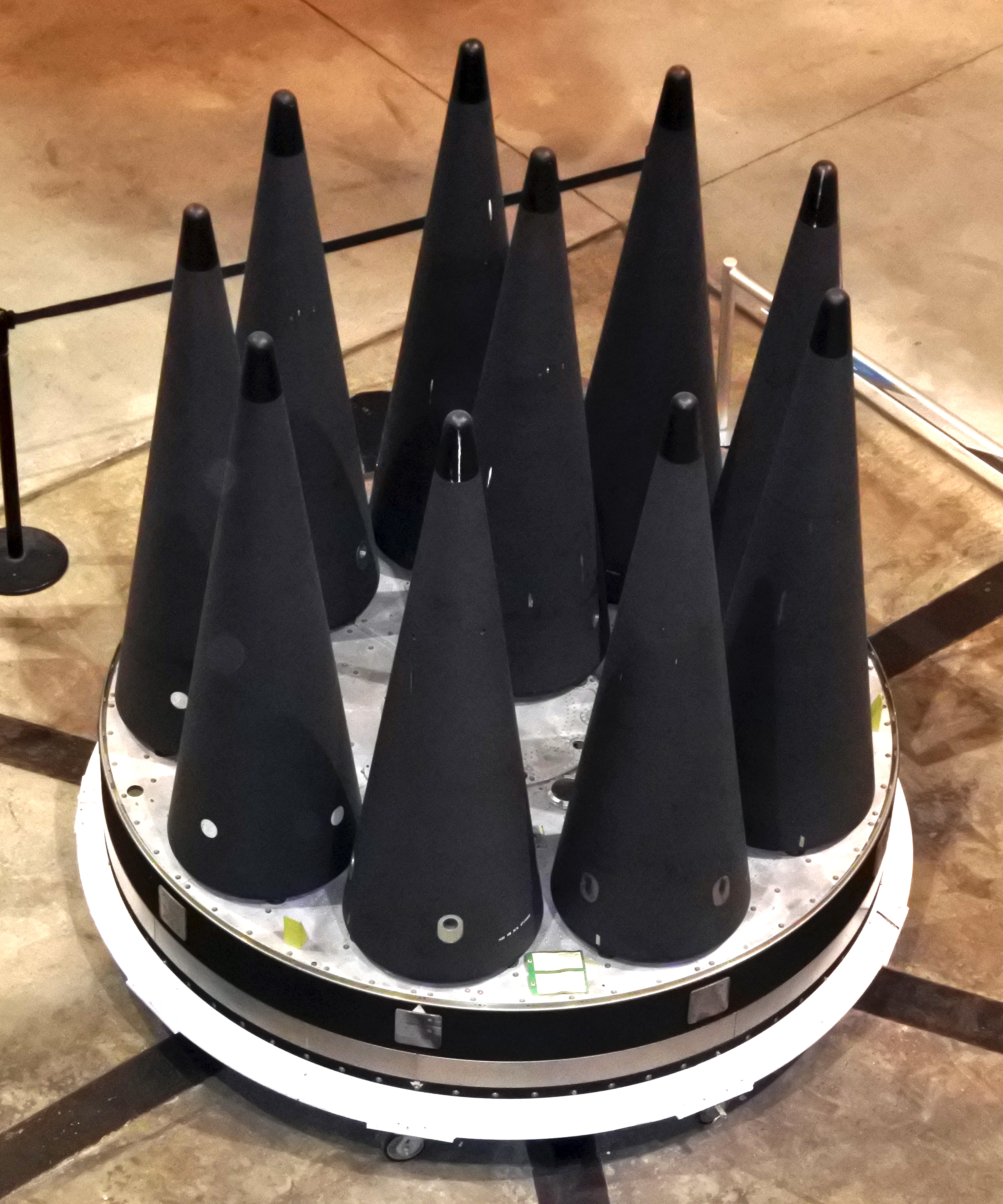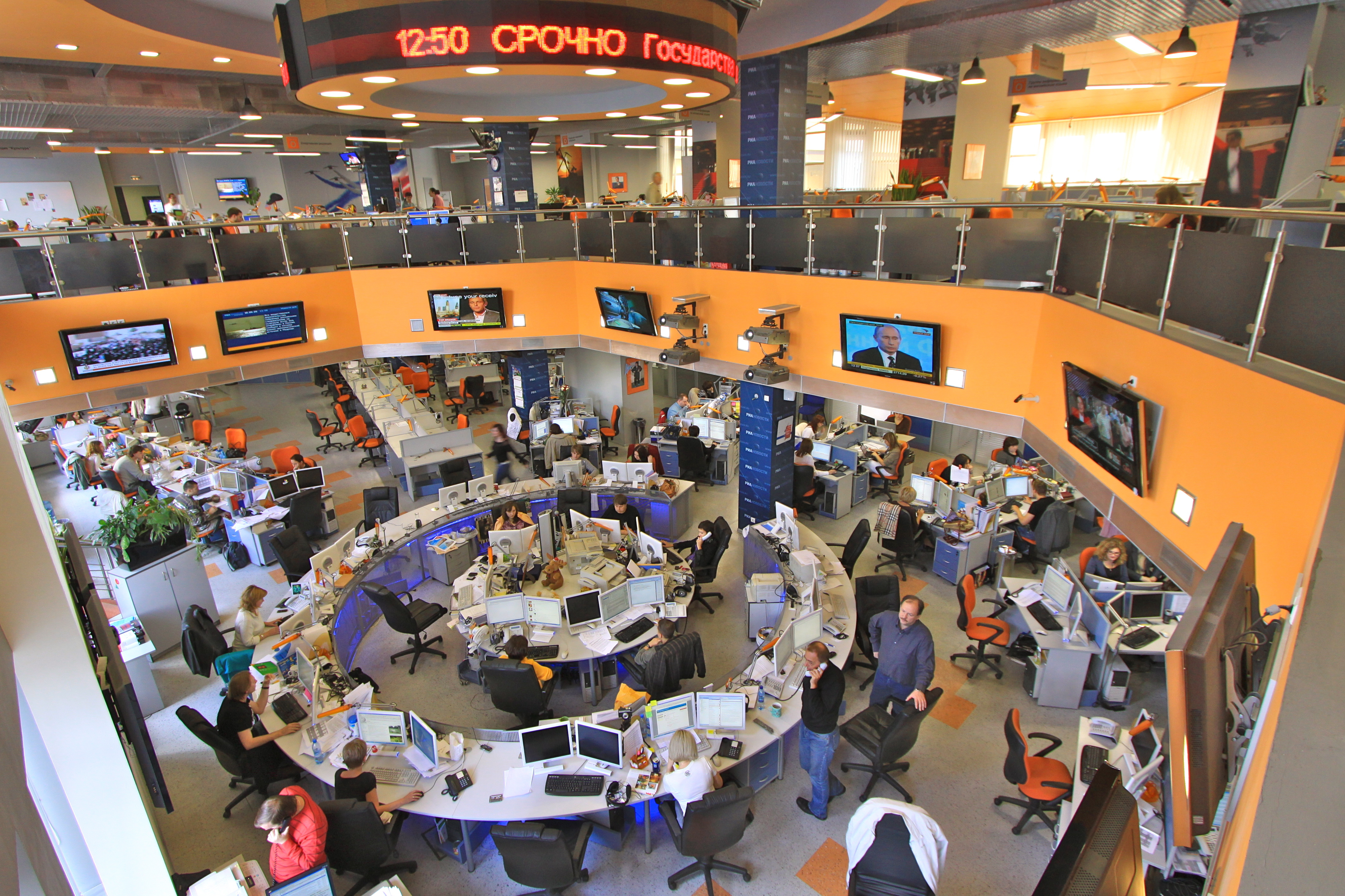|
R-29RMU2 Liner
The R-29RMU2.1 Layner (russian: Р-29РМУ2.1 "Лайнер" meaning ''Liner'') is a Russian liquid-fuelled submarine-launched ballistic missile (SLBM) and the newest member of the R-29 missile family, developed by the Makeyev Rocket Design Bureau and produced by the Krasnoyarsk Machine-Building Plant. Derived from the R-29RMU2 Sineva SLBM, the Layner can carry twelve nuclear warheads, three times as many as Sineva. It was expected to enter service with the Russian Navy's Delta IV-class submarines after a successful test programme that spanned from May to September 2011. The Russian Navy confirmed in 2014 that the system was now in use. History and design On 9 August 2011, the Russian Ministry of Defense disclosed the details of the Layner SLBM, whose first launch occurred on 20 May earlier that year. The authorities originally claimed the launch to be of a Sineva missile, but on 23 May 2011 it was revealed that the missile fired was actually the Layner. The successful fir ... [...More Info...] [...Related Items...] OR: [Wikipedia] [Google] [Baidu] |
Submarine-launched Ballistic Missile
A submarine-launched ballistic missile (SLBM) is a ballistic missile capable of being launched from submarines. Modern variants usually deliver multiple independently targetable reentry vehicles (MIRVs), each of which carries a nuclear warhead and allows a single launched missile to strike several targets. Submarine-launched ballistic missiles operate in a different way from submarine-launched cruise missiles. Modern submarine-launched ballistic missiles are closely related to intercontinental ballistic missiles (ICBMs), with ranges of over , and in many cases SLBMs and ICBMs may be part of the same family of weapons. History Origins The first practical design of a submarine-based launch platform was developed by the Germans near the end of World War II involving a launch tube which contained a V-2 ballistic missile variant and was towed behind a submarine, known by the code-name ''Prüfstand XII''. The war ended before it could be tested, but the engineers who had worked o ... [...More Info...] [...Related Items...] OR: [Wikipedia] [Google] [Baidu] |
Russian Submarine K-84 Ekaterinburg
K-84'' Ekaterinburg'' (russian: link=no, К-84 Екатеринбург, italic=yes) is a Project 667BDRM ''Delfin''-class ( NATO reporting name: Delta IV) nuclear-powered ballistic missile submarine. The submarine was laid down on 17 February 1982 at the Russian Northern Machine-Building Enterprise (Sevmash). It was commissioned into the Soviet Navy on 30 December 1985. After the collapse of the Soviet Union, the submarine continued to serve in the Russian Navy. Initially known only by her hull number, in February 1999 she was renamed after the city of Yekaterinburg. Construction Construction of the nuclear submarine ''Ekaterinburg'' (K-84) began at the Northern Machinebuilding Enterprise (Sevmash) in Severodvinsk on 17 February 1982, before being commissioned into the Soviet Navy on 30 December 1985. She was the second of the seven-boat Project 667BDRM ''Delfin'' class, which was developed at the Rubin Design Bureau in September 1975. A ballistic missile submarine, she w ... [...More Info...] [...Related Items...] OR: [Wikipedia] [Google] [Baidu] |
Penetration Aid
A penetration aid (or "penaid") is a device or tactic used to increase an intercontinental ballistic missile (ICBM) warhead's chances of penetrating a target's defenses. These can consist of both ''physical devices'' carried within the ICBM (as part of its payload), as well as ''tactics'' that accompany its launch or flight path, operate as either passive or active counters, and may include one or more of the following concepts: * The missile booster can have a short burn time, and/or (if existing) the MIRV bus carrying the nuclear warheads can have some form of stealth technology, thereby hindering detection before the warhead reentry vehicles are released. * MIRV and MRV (instead of single warhead missiles) themselves largely improve penetration since there are many more warheads to destroy than missiles, which may saturate the defensive system's stock of weapons. However, these technologies are very demanding since they require the ability to highly miniaturize both the physics ... [...More Info...] [...Related Items...] OR: [Wikipedia] [Google] [Baidu] |
Interfax
Interfax (russian: Интерфакс) is a Russian news agency. The agency is owned by Interfax News Agency joint-stock company and is headquartered in Moscow. History As the first non-governmental channel of political and economic information about the USSR, Interfax was formed in September 1989, during Mikhail Gorbachev’s '' perestroika and glasnost'' period, by Mikhail Komissar and his colleagues from international broadcasting station ' Radio Moscow', a part of Soviet Gosteleradio system. Interfax originally used fax machines for text transmission, hence the company name.Михаил Комиссар: задача «Интерфакса» — быть номером один'. — TV-channel ' Russia-24', 9 September 2009. By 1990, Interfax had 100 subscribers and the agency quickly began to attract the attention of conservatives within the government, who attempted to shut down the agency. This saw the agency gain prominence in major western media, a position stre ... [...More Info...] [...Related Items...] OR: [Wikipedia] [Google] [Baidu] |
Anti-ballistic Missile Defense Countermeasures
Anti-ballistic missile defense countermeasures are tactical or strategic actions taken by an attacker to overwhelm, destroy, or evade anti-ballistic missile defenses. Anti-ballistic missile (ABM) defense countermeasures can be categorized in a variety of ways, such as whether something is attacked or just confounded (i.e., whether the defender is attacked, whether the defender's ABM defense is attacked, or whether the defenders ABM system is confounded). They can be categorized by the type of ABM system they are to operate against. Finally, they can be categorized by which part of a ballistic missile's flight they are active (boost, bus, midcourse, or terminal phases). Attacking Countermeasures Countermeasures Attacking the Defender The simplest countermeasure to an ABM defense is to simply increase the size of the attack. This can be done by adding more ICBMs, by increasing the number of warheads delivered by each ICBM using MIRVs, by using SLBMs (which have a much shorter f ... [...More Info...] [...Related Items...] OR: [Wikipedia] [Google] [Baidu] |
MIRV
A multiple independently targetable reentry vehicle (MIRV) is an atmospheric entry, exoatmospheric ballistic missile payload containing several warheads, each capable of being aimed to hit a different target. The concept is almost invariably associated with intercontinental ballistic missiles carrying thermonuclear warheads, even if not strictly being limited to them. By contrast, a unitary warhead is a single warhead on a single missile. An intermediate case is the #MRV, multiple reentry vehicle (MRV) missile which carries several warheads which are dispersed but not individually aimed. Only the United States, the United Kingdom, France, Russia, China and India are currently confirmed to have deployed MIRV missile systems. Pakistan is developing MIRV missile systems. Israel is suspected to possess or be in the process of developing MIRVs. The first true MIRV design was the Minuteman III, first successfully tested in 1968 and introduced into actual use in 1970. The Minute ... [...More Info...] [...Related Items...] OR: [Wikipedia] [Google] [Baidu] |
Nuclear Warhead
A nuclear weapon is an explosive device that derives its destructive force from nuclear reactions, either fission (fission bomb) or a combination of fission and fusion reactions ( thermonuclear bomb), producing a nuclear explosion. Both bomb types release large quantities of energy from relatively small amounts of matter. The first test of a fission ("atomic") bomb released an amount of energy approximately equal to . The first thermonuclear ("hydrogen") bomb test released energy approximately equal to . Nuclear bombs have had yields between 10 tons TNT (the W54) and 50 megatons for the Tsar Bomba (see TNT equivalent). A thermonuclear weapon weighing as little as can release energy equal to more than . A nuclear device no larger than a conventional bomb can devastate an entire city by blast, fire, and radiation. Since they are weapons of mass destruction, the proliferation of nuclear weapons is a focus of international relations policy. Nuclear weapons have been dep ... [...More Info...] [...Related Items...] OR: [Wikipedia] [Google] [Baidu] |
Nuclear Weapon Yield
The explosive yield of a nuclear weapon is the amount of energy released when that particular nuclear weapon is detonated, usually expressed as a TNT equivalent (the standardized equivalent mass of trinitrotoluene which, if detonated, would produce the same energy discharge), either in kilotonnes (kt—thousands of tonnes of TNT), in megatonnes (Mt—millions of tonnes of TNT), or sometimes in terajoules (TJ). An explosive yield of one terajoule is equal to . Because the accuracy of any measurement of the energy released by TNT has always been problematic, the conventional definition is that one kilotonne of TNT is held simply to be equivalent to 1012 calories. The yield-to-weight ratio is the amount of weapon yield compared to the mass of the weapon. The practical maximum yield-to-weight ratio for fusion weapons ( thermonuclear weapons) has been estimated to six megatonnes of TNT per tonne of bomb mass (25 TJ/kg). Yields of 5.2 megatonnes/tonne and higher have been re ... [...More Info...] [...Related Items...] OR: [Wikipedia] [Google] [Baidu] |
RIA Novosti
RIA Novosti (russian: РИА Новости), sometimes referred to as RIAN () or RIA (russian: РИА, label=none) is a Russian state-owned domestic news agency. On 9 December 2013 by a decree of Vladimir Putin it was liquidated and its assets and workforce were transferred to the newly created Rossiya Segodnya agency. On 8 April 2014 RIA Novosti was registered as part of the new agency. RIA Novosti is headquartered in Moscow. The chief editor is Anna Gavrilova. Content RIA Novosti was scheduled to be closed down in 2014; starting in March 2014, staff were informed that they had the option of transferring their contracts to Rossiya Segodnya or sign a redundancy contract. On 10 November 2014, Rossiya Segodnya launched the Sputnik multimedia platform as the international replacement of RIA Novosti and Voice of Russia. Within Russia itself, however, Rossiya Segodnya continues to operate its Russian language news service under the name RIA Novosti with its ria.ru website. ... [...More Info...] [...Related Items...] OR: [Wikipedia] [Google] [Baidu] |
Voice Of Russia
Voice of Russia ( rus, Голос России, r=Golos Rossii), commonly abbreviated VOR, was the Russian government's international radio broadcasting service from 1993 until 2014, when it was reorganised as Radio Sputnik. Its interval signal was a chime version of 'Majestic' chorus from the ''Great Gate of Kiev'' portion of '' Pictures at an Exhibition'' by Mussorgsky. History Russian President Boris Yeltsin issued a decree on 22 December 1993 which reorganised Radio Moscow under a new name: Voice of Russia. On 9 December 2013, Russian President Vladimir Putin issued a presidential decree dissolving the Voice of Russia as an agency, and merging it with RIA Novosti to form the '' Rossiya Segodnya'' international news agency. Margarita Simonyan, editor-in-chief of the Rossiya Segodnya, said in March 2014 that "We will stop using obsolete radio broadcasting models, when the signal is transmitted without any control and when it is impossible to calculate who listens to it a ... [...More Info...] [...Related Items...] OR: [Wikipedia] [Google] [Baidu] |
RSM-56 Bulava
The RSM-56 Bulava (russian: Булава, lit. "mace", NATO reporting name SS-NX-30 or SS-N-32, GRAU index 3M30, 3K30) is a submarine-launched ballistic missile (SLBM) developed for the Russian Navy and deployed in 2013 on the new of ballistic missile nuclear submarines. It is intended as the future cornerstone of Russia's nuclear triad, and is the most expensive weapons project in the country. The weapon takes its name from '' bulava'', a Russian word for mace. Designed by Moscow Institute of Thermal Technology, development of the missile was launched in the late 1990s as a replacement for the R-39 Rif solid-fuel SLBM. The Project 955/955A Borei-class submarines carry 16 missiles per vessel. Development and deployment of the Bulava missile within the Russian Navy is not affected by the enforcement of the new START treaty. A source in the Russian defense industry told TASS on June 29, 2018, that the D-30 missile system with the R-30 Bulava intercontinental ballistic mis ... [...More Info...] [...Related Items...] OR: [Wikipedia] [Google] [Baidu] |
Xinhua News Agency
Xinhua News Agency (English pronunciation: )J. C. Wells: Longman Pronunciation Dictionary, 3rd ed., for both British and American English, or New China News Agency, is the official state news agency of the People's Republic of China. Xinhua is a ministry-level institution subordinate to the State Council and is the highest ranking state media organ in China. Xinhua is a publisher as well as a news agency. Xinhua publishes in multiple languages and is a channel for the distribution of information related to the Chinese government and the ruling Chinese Communist Party (CCP). Its headquarters in Beijing are located close to the central government's headquarters at Zhongnanhai. Xinhua tailors its pro-Chinese government message to the nuances of each audience. Xinhua has faced criticism for spreading propaganda and disinformation and for criticizing people, groups, or movements critical of the Chinese government and its policies. History The predecessor to Xinhua was th ... [...More Info...] [...Related Items...] OR: [Wikipedia] [Google] [Baidu] |






.jpg)